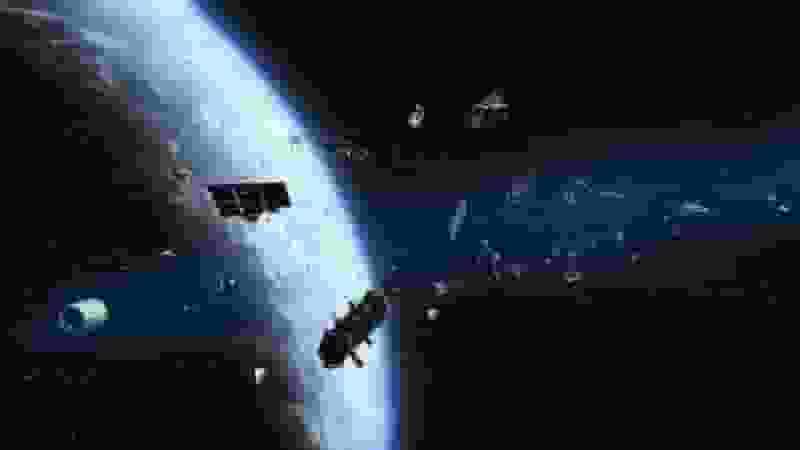Discover how Leolabs spotted the close call of the two huge pieces of space junks on September 13.

Leolabs Spotted The Close Call Of Two Big Pieces Of Space Junk In Earth Orbit On September 13 (Photo: Inverse)
Leolabs witnessed two large space debris nearly colliding with one another in low Earth orbit, emphasizing the necessity of cleaning up local space.
On September 13, a defunct Soviet payload and a discarded Chinese rocket body flew by one other at extraordinary speeds.
Leolabs, a space traffic management service that tracks satellites and other objects in orbit, witnessed the close call. The two things passed each other directly due to their concurrence.
Leolabs determined that these were most likely the Chinese Long March 4C rocket stage that was launched five years ago and the 880 pound (400 kilogram) payload known as Cosmos 807, which was launched in 1976.
The two big pieces of space junks passed overhead at an altitude of about 428 miles (689 km), each moving at around 7.5 kilometers per second, or 16,800 miles per hour.
According to Leolabs, a collision between these large, very energetic bits of space junk would produce about 3,000 pieces of debris in low Earth orbit.
According to Leolabs’ calculations, the miss distance was 118 feet (36 meters), plus or minus 43 ft (13 meters), and the likelihood of a collision was 0.1%, or one in 1,000.
However, over the past few years, these objects have experienced dozens of additional close encounters with other debris or active satellites.
The latest close call emphasizes the necessity of improving space governance and lowering the likelihood of the Kessler Syndrome or the cascading buildup of hazardous space debris.
READ ALSO: Ukraine’s Zaporizhia Oblast Made Russian Forces Suffer Heavy Losses




![Tyson Foods Plant [Photo: Food Manufacturing]](https://southarkansassun.com/wp-content/uploads/2023/08/iStock_1185520857__1_.5e441daa51cca-600x337.jpg)








![Silverado Senior Living Management Inc. [Photo: Los Angeles Times]](https://southarkansassun.com/wp-content/uploads/2023/10/download-6-4-600x337.jpg)

![China's Wuhan Institute of Virology [Photo: Nature]](https://southarkansassun.com/wp-content/uploads/2023/09/d41586-021-01529-3_19239608-600x337.jpg)















